The biggest strange point during my study to Photomaster was "Exposure Compensation".
"What is exposure compensation??"
"What are the numbers like +2 and -1? What are they expecting with these unstable numbers?"
I was a bit worried whether I should write this or not. But I ended up deciding to write it here as a record of my growth process.
I have a lot of points that I want to improve as a photographer. But I do believe that I have already grown pretty much since I started this blog. I don't want to see my photos two years ago. My photos one year ago were also not that good. They were the photos which I can present a different better way of shooting. Well, I guess I will think the same way one year later so I am not matured yet at this moment.
Yet, I believe that I have grown well. And I bought some books for passing the Licensing Examination of Photomaster Grade 1. This is the first time for me to read a technical book of photography except for a beginner's book because I believed that the fastest growth should be by PDCA cycle during real shooting.
I bought 3 books for the exam, including the past question collections. And the biggest strange point of the books was "exposure compensation".
The reason was simple. This is because I have never used exposure compensation before in my life even with my career of 5 years for DSLR and about 2 years for blogging. Well, I know the concept unclearly, but I didn't have any image how I use it in real situations because I already can take what photos I want to take. No wonder.
After reading the books, I realized that all of these were from my rare style of shooting.
I always take photos with manual mode of everything - from shatter speed, F-number and ISO value to white balance. Because I only use the manual mode so that I make the image as close as what I see, I couldn't touch the exposure compensation function which didn't exist there.
I remember that some of my photos were often with blown out highlights and blocked up shadows, but soon I managed to adjust the 4 parameters instinctively. First, I decide the F-number depending on the background while keeping the ISO value to 100. Then I try to make the shatter speed as slow as possible so that the brightness of the photo equals that of what I see with my eyes. If I am worried about the camera shake, I can't help but raise the ISO value to more than 100. Lastly, I adjust the white balance by kelvin. This is what I do with every piece of my photos.
Once I used to this style, Program mode (P), Aperture Priority mode (Av), and Shatter Priority mode (Tv) sound too dangerous for me to use. They are dependent on the camera-dependent photometry which I cannot be sure the rigorous mechanism of, and the exposure value calculated by comparing the unclear photometry information and the mysterious standard of 18% gray. Well, how can I add or remove values from the exposure value so that the image equals what I see? I'm not sure at all. I can't.
Probably, auto exposure plus exposure compensation in some cases are enough to take not-best-but-simply-good photos. It should be easy and make you happy. However, auto exposure and exposure compensation are so unstable that I can't help relying on the manual mode so that I can take the image exactly the same as what I see.
Indeed, I was quite rare because I continued to take photos always with the manual mode from the beginning, I think. But using auto exposure means depending on camera system. Photograher should be an artist. We must take a forward way to describe what we see by ourselves,
This is why I believe that photograph books should deal more about the manual mode, and that the Licensing Examination of Photomaster should have more questions about manual mode. This will contribute to the growth of amateur photographers. Well, am I going to have another idea in the future? Then, that's fine. I'm looing forward to my growth and change!
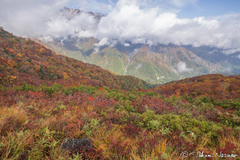

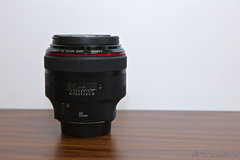
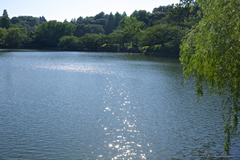
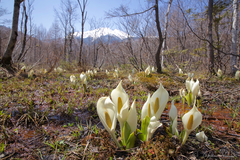
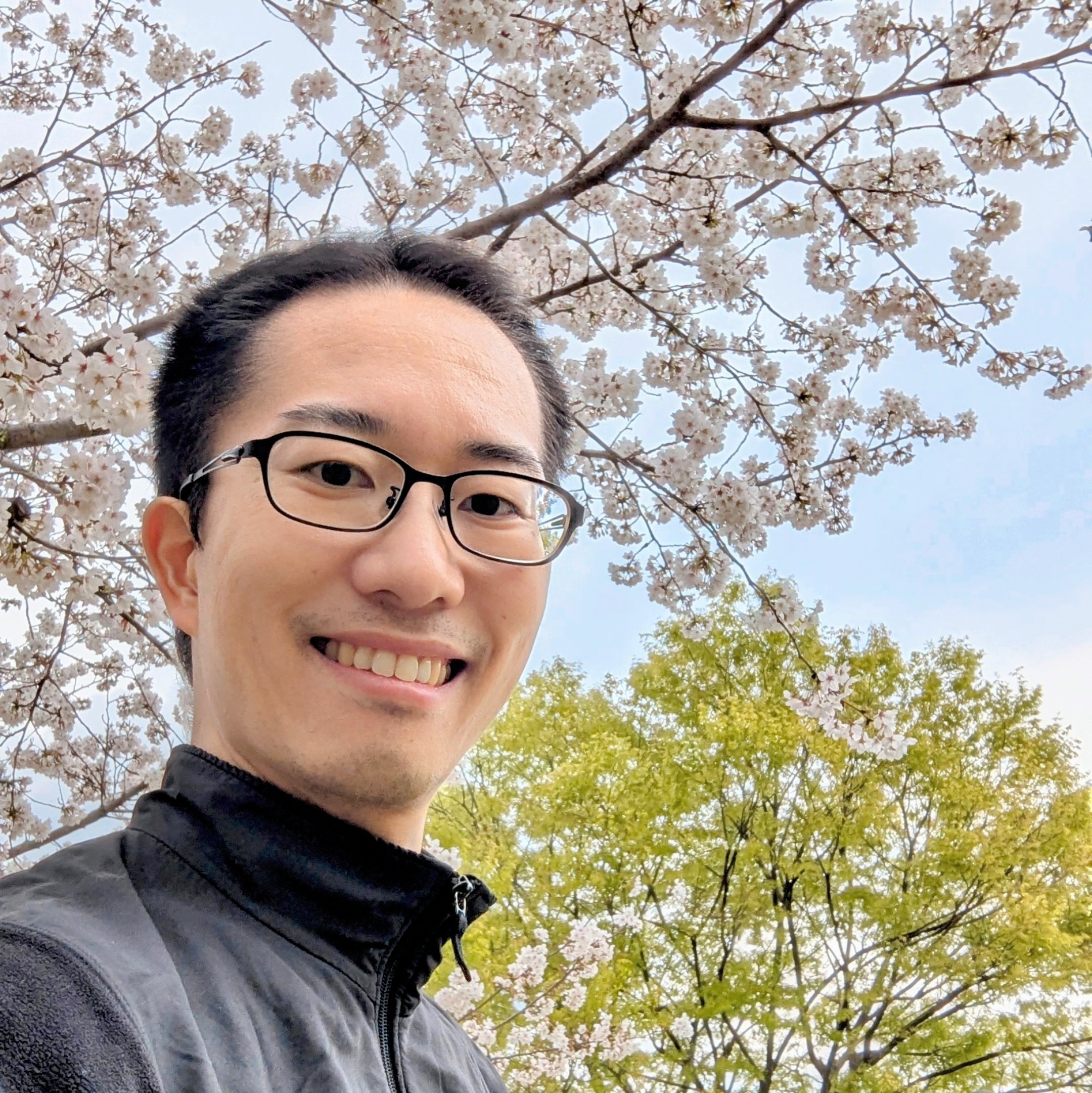
- Business (6)
- Childcare (1)
- Food (19)
- Languages (2)
- Life Hack (1)
- Local Revitalization (69)
- Photography (571)
- Web Design (11)